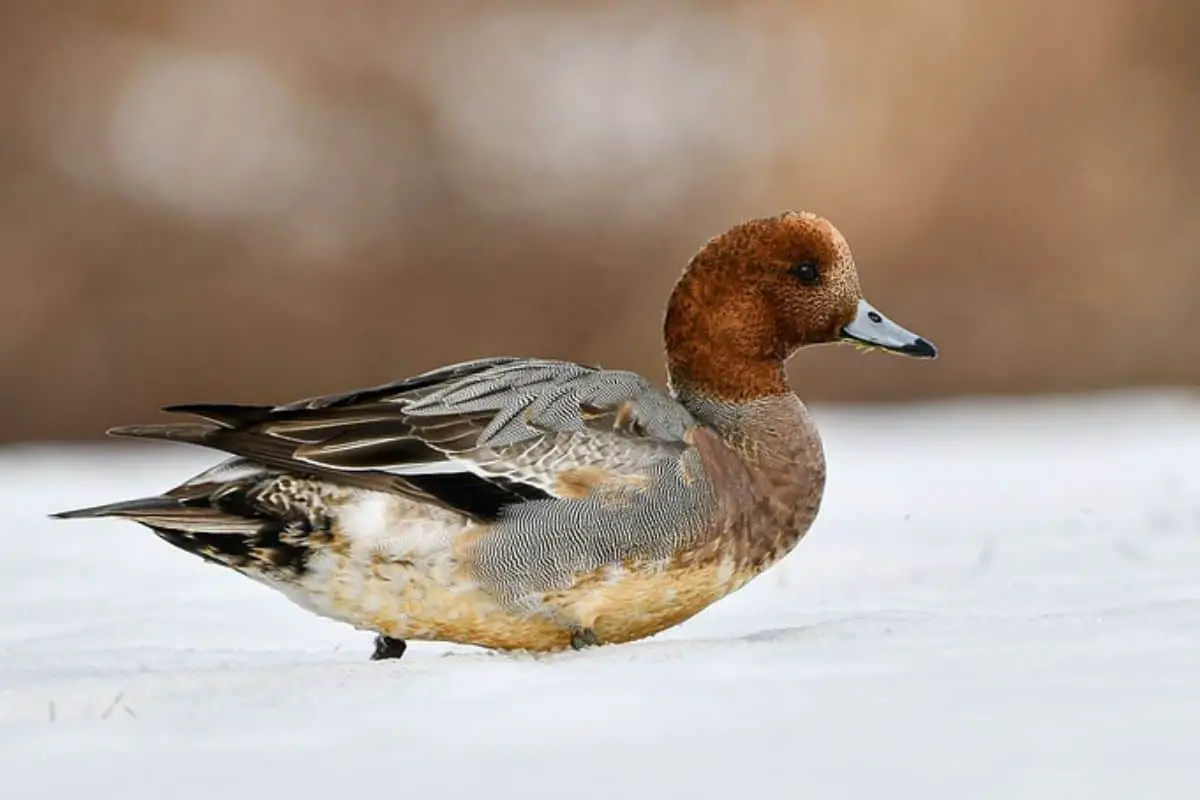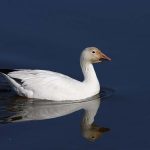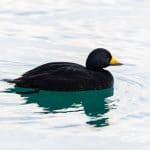Common Name: Eurasian Wigeon
Scientific Name: Mareca penelope| Size | Diet | Range in Hawaii | Status in Hawaii |
|---|---|---|---|
| 18 in. | aquatic plants, seeds, and grains | Oahu, Big Island | Least Concern |
The Eurasian Wigeon has been spotted in Oahu and the Big Island of Hawaii, although sightings of this species in Hawaii are generally rare. The Eurasian Wigeon is a stunning duck species with a rusty-red head and intricate feather patterns that make it a favorite among birdwatchers and nature enthusiasts.
In this article, we will delve into the fascinating world of the Eurasian Wigeon, including its appearance, behavior, and habitat, as well as its presence in the Hawaiian Islands.
Eurasian wigeon
Appearance
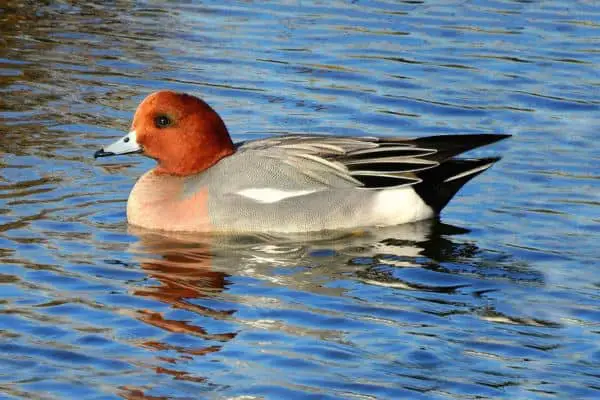
The Eurasian Wigeon is a medium-sized duck species, measuring around 18 inches in length. The male Eurasian Wigeon has a distinctive rusty-red head with a creamy-yellow forehead and crown, along with a grayish-blue bill.
Its body is mostly gray with black and white wing feathers, and it has a white belly and black tail feathers. The female Eurasian Wigeon has a more subdued appearance, with a brownish-gray head and body, a dark bill, and a white belly. Both males and females have a distinctive white patch on their wings, which is visible in flight.
Diet
The Eurasian Wigeon is an omnivorous duck species that feeds on a variety of plant and animal matter. Its diet typically consists of aquatic plants, seeds, and grains, as well as small invertebrates such as insects, snails, and crustaceans.
The Eurasian Wigeon is known to forage both on land and in water, using its bill to sift through mud and sediment in search of food. This species is also known to feed on agricultural crops, such as rice and wheat, particularly during the winter months when natural food sources may be scarce.
Nesting
The Eurasian Wigeon typically nests in wetland habitats, such as marshes, ponds, and lakes, in the northern regions of its range. The female Eurasian Wigeon builds the nest, which is a shallow depression lined with grasses, down, and feathers.
The nest is usually located near water, and is well-concealed among vegetation for protection from predators. The female Eurasian Wigeon lays an average of 7-8 eggs, which are incubated for around 24-25 days.
After hatching, the ducklings are able to leave the nest within a day or two, and are cared for by the female until they are able to fly at around 6-7 weeks of age.
Behavior
The Eurasian Wigeon is a highly social duck species that forms large flocks, particularly during the winter months when they are found in coastal areas and estuaries. These flocks can number in the thousands, and often include other duck species such as Mallards and Teals.
The Eurasian Wigeon is known for its distinctive whistling call, which is often heard during flight. This species is also known for its unique courtship behavior, which involves the male performing a display of head-bobbing and tail-wagging to attract a female mate.
Habitat
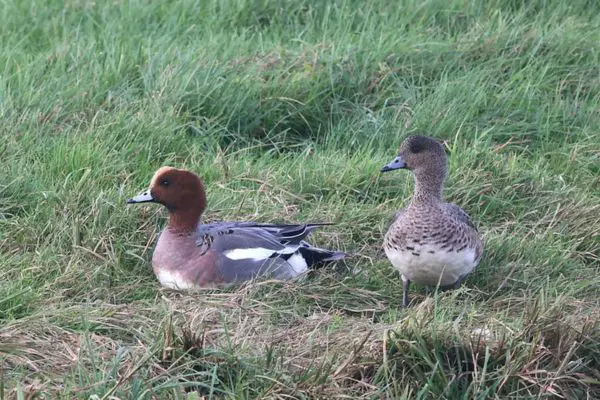
The Eurasian Wigeon is a wetland-dependent duck species that is found in a variety of habitats across its range. During the breeding season, the Eurasian Wigeon is typically found in northern wetland habitats, such as marshes, ponds, and lakes, where it nests and raises its young.
During the winter months, the Eurasian Wigeon is known to migrate to coastal areas, estuaries, and other wetland habitats, where it forms large flocks and feeds on a variety of plant and animal matter. This species is adaptable and can be found in a range of wetland habitats, including freshwater and saltwater marshes, swamps, and flooded fields.
Range
The Eurasian Wigeon is a widespread duck species that is found throughout Europe and Asia. Its breeding range extends from Iceland and northern Scandinavia to central Asia, while its winter range extends from western Europe to eastern Asia and as far south as North Africa and the Indian subcontinent.
Despite its extensive range, sightings of the Eurasian Wigeon in Hawaii are generally rare. However, this stunning duck species has been spotted in several locations in Hawaii, including Oahu, the Big Island, Midway Atoll, and Sand Island. These sightings suggest that the Eurasian Wigeon may be more adaptable and widespread than previously thought.
Conservation Status
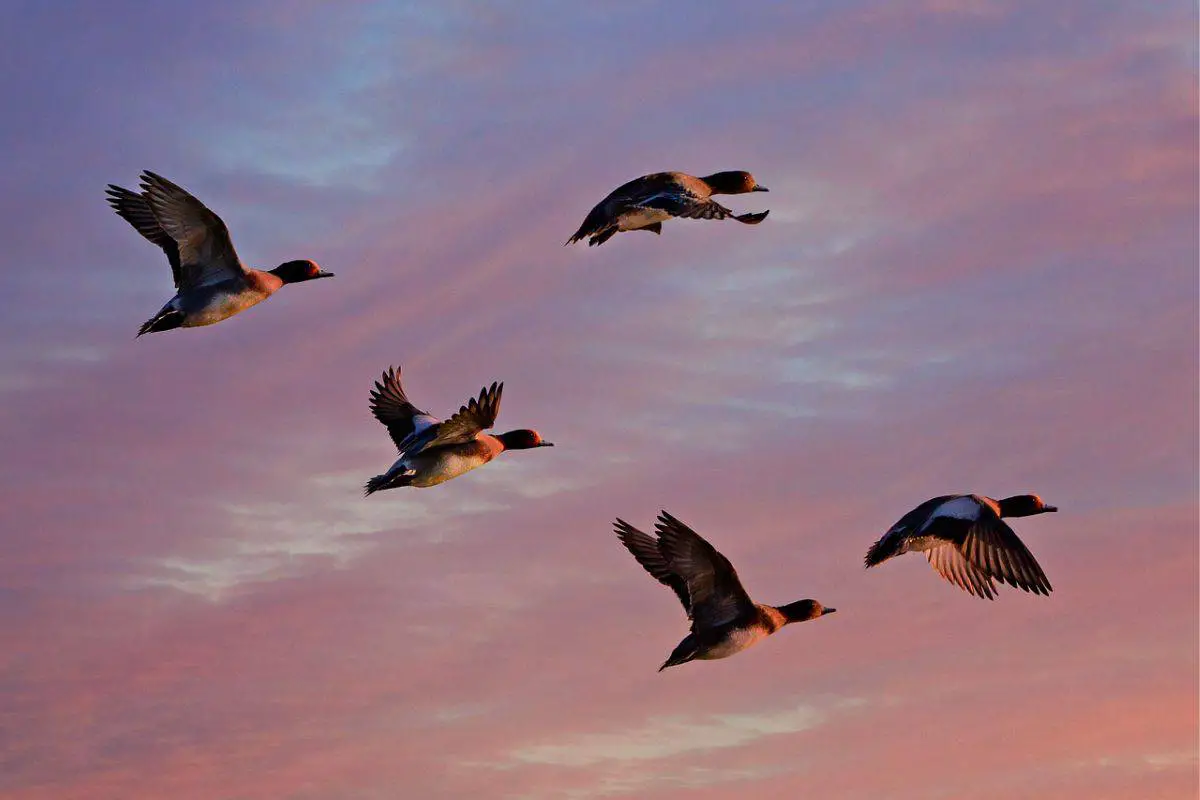
The Eurasian Wigeon is not currently considered to be a species of conservation concern, and is classified as a species of “Least Concern” by the International Union for Conservation of Nature (IUCN). However, like many waterfowl species, the Eurasian Wigeon is vulnerable to habitat loss and degradation, particularly in its breeding range in northern Europe and Asia.
Additionally, hunting pressure and disturbance from human activities can also impact Eurasian Wigeon populations.
Interesting Facts
1. Performs a unique courtship display
The male Eurasian Wigeon performs a unique courtship display, which involves head-bobbing and tail-wagging to attract a female mate.
2. Known for its distinctive whistling call
The Eurasian Wigeon’s whistling call is a distinctive and easily recognizable feature of this species. The call is often heard during flight, and is a series of high-pitched, clear whistles that are repeated several times.
3. They are highly social
The Eurasian Wigeon is highly social and forms large flocks during the winter months, often numbering in the thousands.
4. Highly migratory species
The Eurasian Wigeon is a highly migratory species, with populations in northern regions of its range migrating southward in the fall to wintering grounds in milder climates.
Frequently Asked Questions
1. What is the Eurasian Wigeon’s breeding season?
The Eurasian Wigeon’s breeding season typically occurs from May to July in its northern breeding range. During this time, the species is typically found in wetland habitats such as marshes, ponds, and lakes, where it nests and raises its young.
2. How far does the Eurasian Wigeon migrate?
The Eurasian Wigeon is a highly migratory species, with populations in northern regions of its range migrating southward in the fall to wintering grounds in milder climates. The distance of migration varies depending on the population, with some birds traveling thousands of miles each year.
3. How does the Eurasian Wigeon differ from the American Wigeon?
The Eurasian Wigeon and the American Wigeon are two closely related duck species that are similar in appearance and behavior. However, the Eurasian Wigeon has a distinctive rusty-red head with a creamy-yellow forehead and crown in males, while the American Wigeon has a green patch on its head and a white stripe behind its eye.
Additionally, the Eurasian Wigeon has a slightly different whistling call than the American Wigeon.
